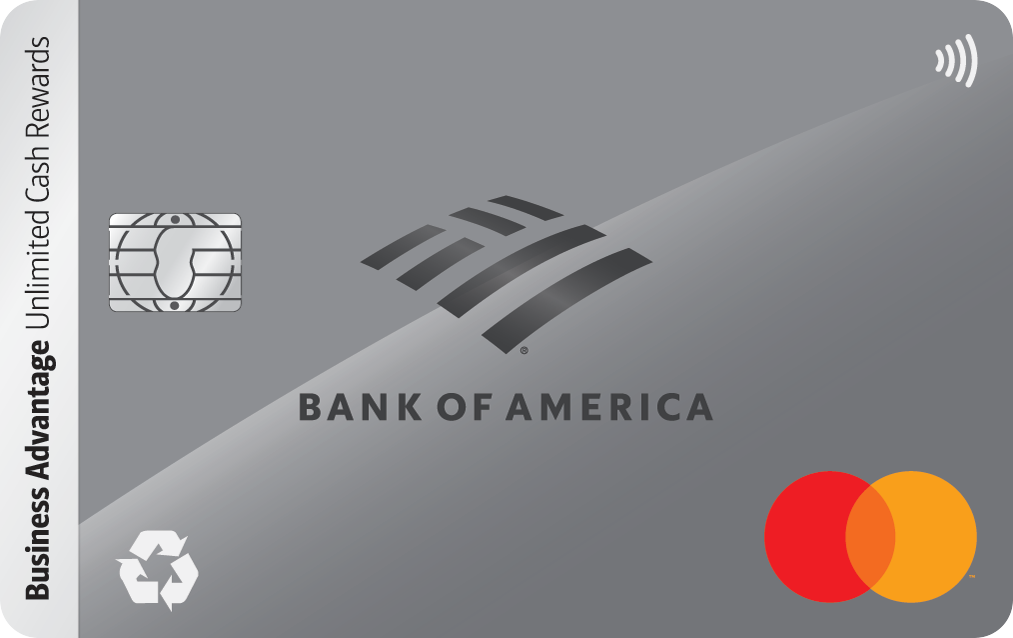In Debt? A Balance Transfer Card Might Be Right for You
KEY POINTS
- A balance transfer is when you move a balance from one credit card to another.
- Some credit cards have a 0% intro APR on balance transfers, helping you pay off debt faster while saving on interest.
- If you get a balance transfer card, pay as much as you can toward it to get debt-free as soon as possible.
Credit card debt is expensive, and Americans have a lot of it. As a whole, Americans owe $1.142 trillion on their credit cards, according to Federal Reserve data. Interest rates are often 20% to 25% or more, which makes it hard to pay back what you owe.
But there's also a way you could pay no interest on your credit card debt -- temporarily, at least. Some credit cards offer a 0% intro APR on balance transfers. With the best balance transfer cards, that introductory rate could last as long as 21 months.
If you're in credit card debt, it's an option worth considering. Here are the details.
How balance transfers work
A balance transfer is like paying one credit card with another. People do this to save on interest charges by transferring the balance to a card with a lower interest rate. In most cases, they transfer it to a card with a 0% intro APR.
There's normally a balance transfer fee, which is charged by the card that receives the transfer. The standard amount is 3% to 5%. On a $5,000 transfer, the balance transfer fee will likely be $150 or $250. It's a fairly small price to pay to go from an interest rate of 20% or higher to 0%.
Once you've transferred the balance, you only need to make payments on the new card going forward. You can also transfer over more balances if you have debt spread across multiple credit cards.
Your total balance transfers, and their associated fees, will need to be less than your card's credit limit. Some cards also have a separate balance transfer limit, such as $15,000.
Benefits of a balance transfer card
A balance transfer card allows you to get out of debt faster, while paying much less money overall.
Let's say you have $5,000 in credit card debt. The card issuer is charging you an interest rate of 21%, which is near the national average. You're paying $200 per month toward that debt until it's paid off.
Or, you could transfer that debt to a card with a 0% intro APR on balance transfers for 21 months. It charges a 3% balance transfer fee, and after the intro period ends, it has the same 21% APR.
Here's the difference it would make:
- No balance transfer: You pay a total of $6,632, and you're out of debt in 34 months.
- Balance transfer: You pay a total of $5,200, and you're out of debt in 26 months. That total includes the $150 balance transfer fee -- you only pay $50 in interest.
With a balance transfer, you're out of debt eight months earlier. More importantly, you save a total of $1,432.
Making the most of a balance transfer
If you can pay off your debt within the next few months, there's no need to get a balance transfer card. In that situation, the balance transfer fee could outweigh what you save in interest. It's also extra work for a problem you'll solve soon either way.
But balance transfers are one of the best solutions to large amounts of debt that will take you a long time to pay off. If you expect to pay it off over six to 12 months or longer, that's when a balance transfer card could shine.
Now, you need to remember one important rule with balance transfer cards: Don't let up on your payments after you transfer your debt and get a 0% intro APR. Some people stop taking debt as seriously once it's not costing them any money.
Take advantage of the balance transfer by paying as much as you can toward your debt. After all, the goal is to get rid of your credit card balances so your money isn't tied up in monthly debt payments.
Our Research Expert



